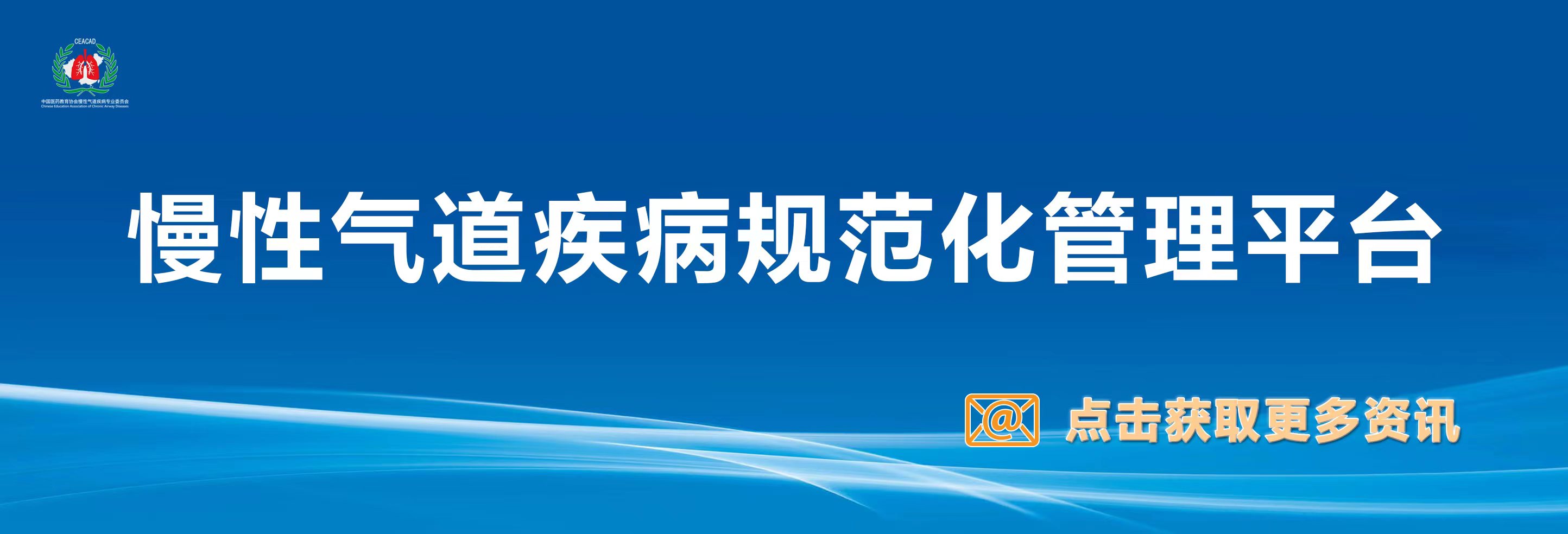2型生物标志物基线水平与哮喘儿童临床缓解预测因素
2025/08/01
背景:很少有研究探讨2型生物标志物基线水平与儿童哮喘临床特征之间的关系,尤其是在不同哮喘阶段,这可能有助于预测预后和缓解。
目的:探讨基线Th2生物标志物水平与儿童哮喘临床表现之间的关联,识别临床缓解的预测因素。
方法:本研究纳入172名儿童,平均年龄为6.87±3.04岁,包括119名哮喘患者和53名无呼吸道症状对照组。进行了临床评估,包括肺功能测试、FeNO、总IgE、血液嗜酸性粒细胞计数和皮肤试验。通过ELISA检测血清生物标志物(TSLP、IL-4/5/13、TARC、Periostin)和IgE。Th2高哮喘(IgE>100 IU/mL且嗜酸性粒细胞≥140个/μL,n=110)被分为急性发作期(n=48)、持续哮喘期(n=26)和临床缓解期(n=36)。此外,还建立了跨越哮喘阶段的小鼠模型,以测量支气管肺泡灌洗液(BALF)、血清和肺组织中的TSLP水平,验证其作为预测因子的价值。
结果:在急性加重期和持续性哮喘中,血清TSLP显著升高(P<0.01)。多变量回归分析证实其与缓解独立相关(OR=1.009,P=0.023)。ROC分析显示TSLP对缓解的鉴别能力中等(AUC=0.59,敏感性=39.1%,特异性=59.4%)。小鼠模型也显示,在缓解期间TSLP水平恢复正常。
结论:在Th2高儿童哮喘中,血清TSLP与临床缓解独立相关,尽管其单独的预测准确性中等(AUC=0.59)。将其与肺功能和IgE结合可能形成一个用于缓解评估的复合生物标志物组合。这种分层工具可能指导哮喘风险分层和个性化疾病管理。需要纵向研究来验证其预测效用。
Baseline type 2 biomarker levels and clinical remission predictors in children with asthma
Mengmeng Chen, Congcong Li, Qiuyan Yang, Huijie Zhang, Yanli Zhang, Na Wang, Jingcheng Dong
Abstract
Background: Few studies have investigated the relationship between baseline type 2 biomarker levels and clinical features in pediatric asthma, particularly in different asthma stages, which may inform prognosis and remission.
Objective: To explore the association between baseline Th2 biomarker levels and clinical manifestations in pediatric asthma, identifying predictors of clinical remission.
Methods: The study included 172 children with a mean age of 6.87 ± 3.04 years, comprising 119 asthma patients and 53 non-respiratory symptom controls. Clinical evaluations such as lung function tests, FeNO, total IgE, blood eosinophil counts, and skin tests were conducted. Serum biomarkers (TSLP, IL-4/5/13, TARC, Periostin), and IgE were measured by ELISA. Th2-high asthma (IgE >100 IU/mL and eosinophils≥140 cells/μL, n=110) was stratified into acute attack (n=48), persistent asthma (n=26), and clinical remission (n=36). Additionally, mouse models across asthma stages were established to measure TSLP levels in BALF, serum, and lung tissue, to validate its predictor value.
Result: Serum TSLP was significantly elevated in acute exacerbation and persistent asthma(P<0.01). Multivariable regression confirmed its independent association with remission (OR=1.009, P=0.023). ROC analysis indicated moderate discriminative capacity of TSLP for remission (AUC=0.59, sensitivity=39.1%, specificity=59.4%). Murine models also showed TSLP levels normalization during remission.
Conclusion: Serum TSLP is independently associated with clinical remission in Th2-high pediatric asthma, though its standalone predictive accuracy is moderate (AUC=0.59). Integration with lung function and IgE may form a composite biomarker panel for remission evaluation. This stratification tool may guide asthma risk stratification and personalized disease management. Longitudinal studies are warranted to validate its prognostic utility.
上一篇:
哮喘患者过度使用短效β₂受体激动剂的不良结局:一项系统评价与荟萃分析
下一篇:
代谢表型与未控制的儿童哮喘、肠道菌群及全身性炎症相关









